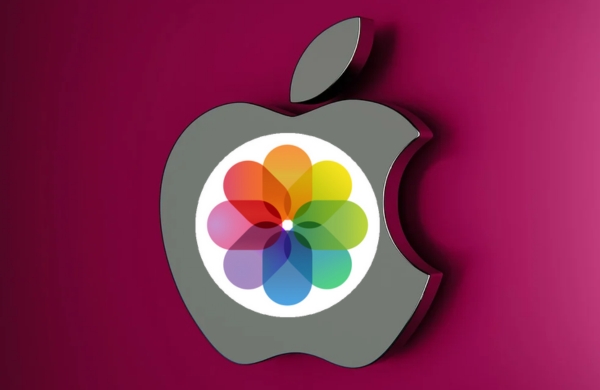
Apple recently announced that its photo stream service will be discontinued, leaving users wondering about the fate of their cherished photos. In this article, we will delve into the details of Apple’s decision, explain how you can safeguard your photos, and explore alternative options for seamless photo sharing. Let’s dive right in and address any concerns you may have. Apple’s photo stream service was a feature that enabled users to automatically sync their photos across all Apple devices.
It stored up to a thousand photos or the last 30 days’ worth of photos in the cloud, allowing quick access from connected devices. While this feature provided convenience, Apple has decided to shut it down in favor of a superior alternative iCloud Photos.
Transition and Protecting Your Photos
Apple’s discontinuation of the photo stream service does not mean you will lose any of your photos. If you still have the device (such as an iPhone) from which you took those pictures and haven’t deleted them, your photos are safe on that device. The only aspect going away is the automatic sharing feature that transferred photos to other devices within the last 30 days. Rest assured, your photos are secure and won’t be lost.
Also Read: Apple’s 2023 WWDC: Mixed Reality Headset and Exciting Software Updates
Migrating to iCloud Photos
To continue enjoying photo sharing, iCloud Photos is the recommended alternative. This feature provides seamless synchronization across all Apple devices and offers more comprehensive storage capabilities compared to the photo stream service. With iCloud Photos, you can access your entire photo library from your iPhone, iPad, Mac, or even the iCloud website. It’s a versatile and efficient solution that ensures your photos are readily available whenever you need them, regardless of the device you’re using.
Exploring Third-Party Options
If you prefer not to rely on Apple’s services, several third-party options are available for photo storage and synchronization. Services like Dropbox, Google Photos, and Amazon Photos offer similar functionality and may better align with your specific needs. However, it’s worth noting that if you’re already paying for extra storage in iCloud, utilizing its built-in service may be more cost-effective and streamlined for Apple device users.
Backing Up Your Photos
Regardless of the photo storage service you choose, it is crucial to back up your devices regularly. Apple provides iCloud Backup as a default option, allowing you to safeguard your data in the cloud. Make sure you have sufficient storage space in iCloud to accommodate your backups.
Additionally, utilizing a service like Time Machine for local backups on Mac or employing a third-party backup service like Backblaze adds an extra layer of protection. Backblaze offers secure and reliable offsite backups, ensuring your valuable data is always accessible.
Also Read: Apple Vision Pro: A Game-Changer for Metaverse and Blockchain
Conclusion
Apple’s decision to discontinue the photo stream service provides an opportunity to transition to iCloud Photos, a more advanced and comprehensive photo sharing solution. While the photo stream service will be shut down, your photos remain secure on the devices from which they were taken.
Embracing iCloud Photos or exploring third-party alternatives ensures seamless synchronization and accessibility across all your Apple devices. Remember to back up your devices regularly to safeguard your data and cherish your precious memories for years to come.

Leave a Reply